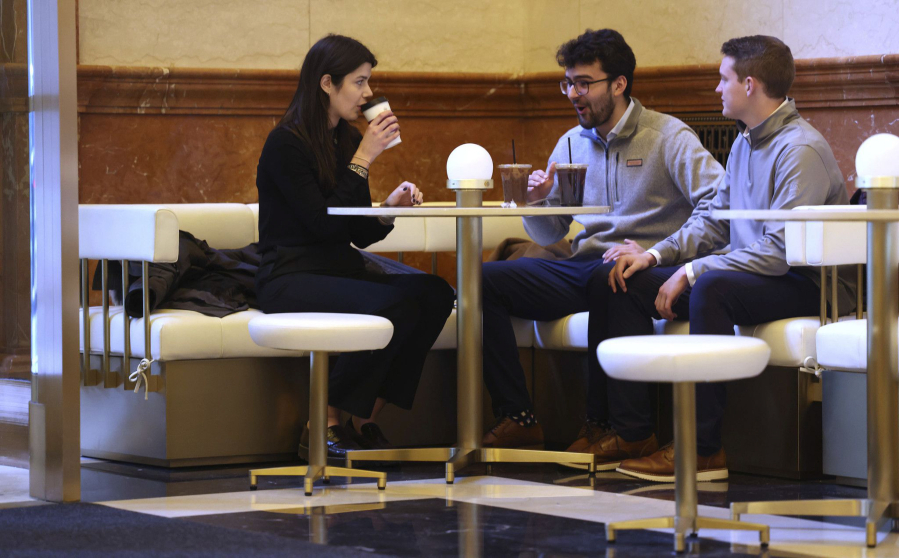CHICAGO — Nearly three years after the onset of the COVID-19 pandemic, many office workers still work from home, especially on Mondays and Fridays, depriving restaurants of the healthy lunch crowds they need to stay afloat and damaging prospects for recovery downtown.
But heading into 2023, there’s growing awareness that a new model could be the key to drawing employees downtown again and revitalizing parts of the city’s urban core.
The hybrid model of work is here to stay, said Steven Bauer, senior managing director of Cushman & Wakefield, but to make it work, companies need offices attractive enough to lure employees away from the comforts of home, and that means having an ecosystem of amenities inside the buildings and throughout the surrounding neighborhoods, including a range of eateries, from high-end restaurants to grab-and-go lunch spots. That’s why the downtown’s recovery is uneven, with new or renovated buildings such as Willis Tower, as well as vibrant neighborhoods like Fulton Market, attracting crowds while older properties in the Central Loop are still relatively quiet.
“In Fulton Market we’re seeing foot traffic comparable to what it was pre-pandemic, and that’s because there’s an ecosystem there,” Bauer said. “The fact that you can walk out of a building at 6 p.m. and there are good restaurants around the corner, as well as good bars and nightlife, is very helpful.”



